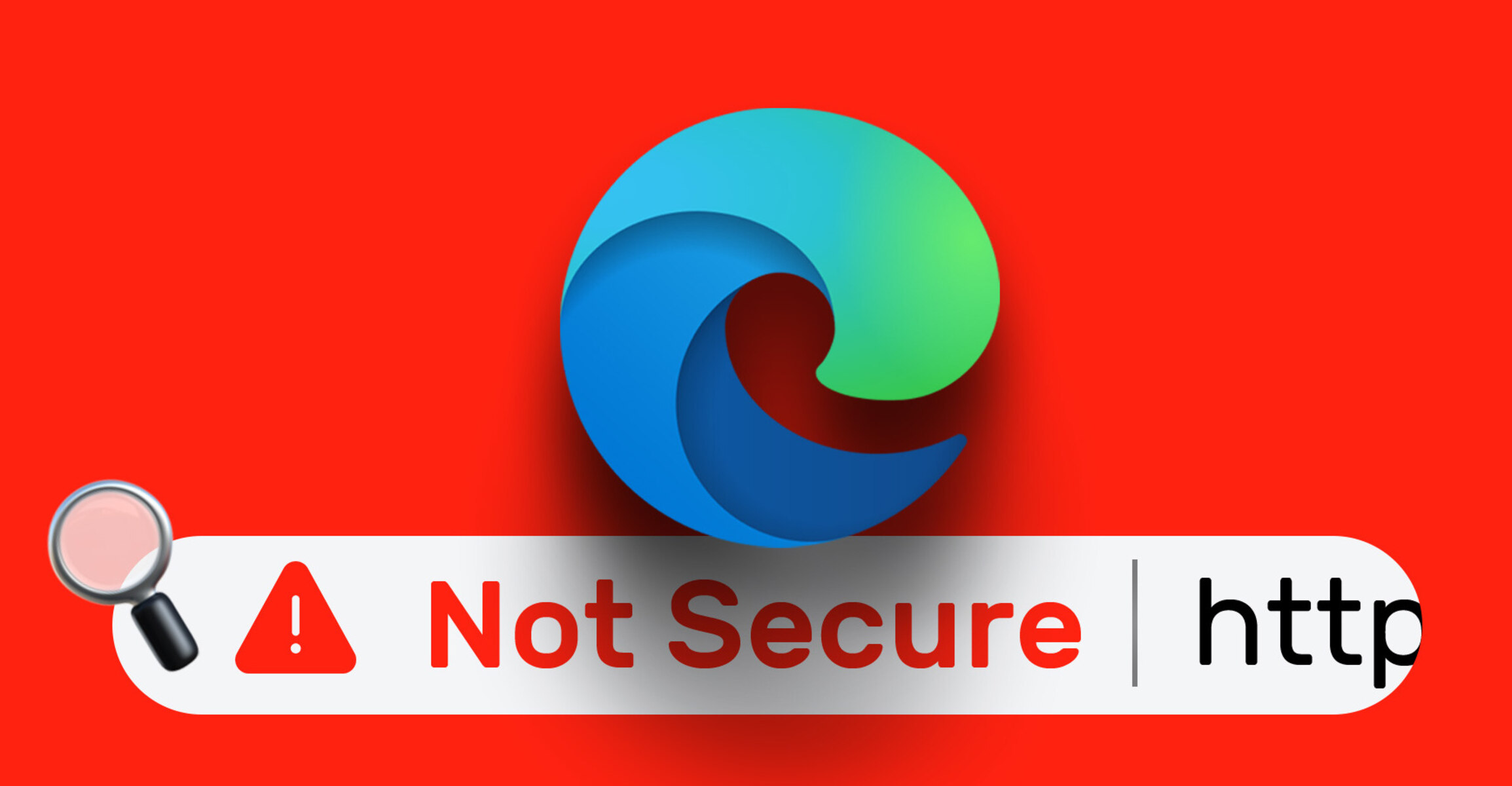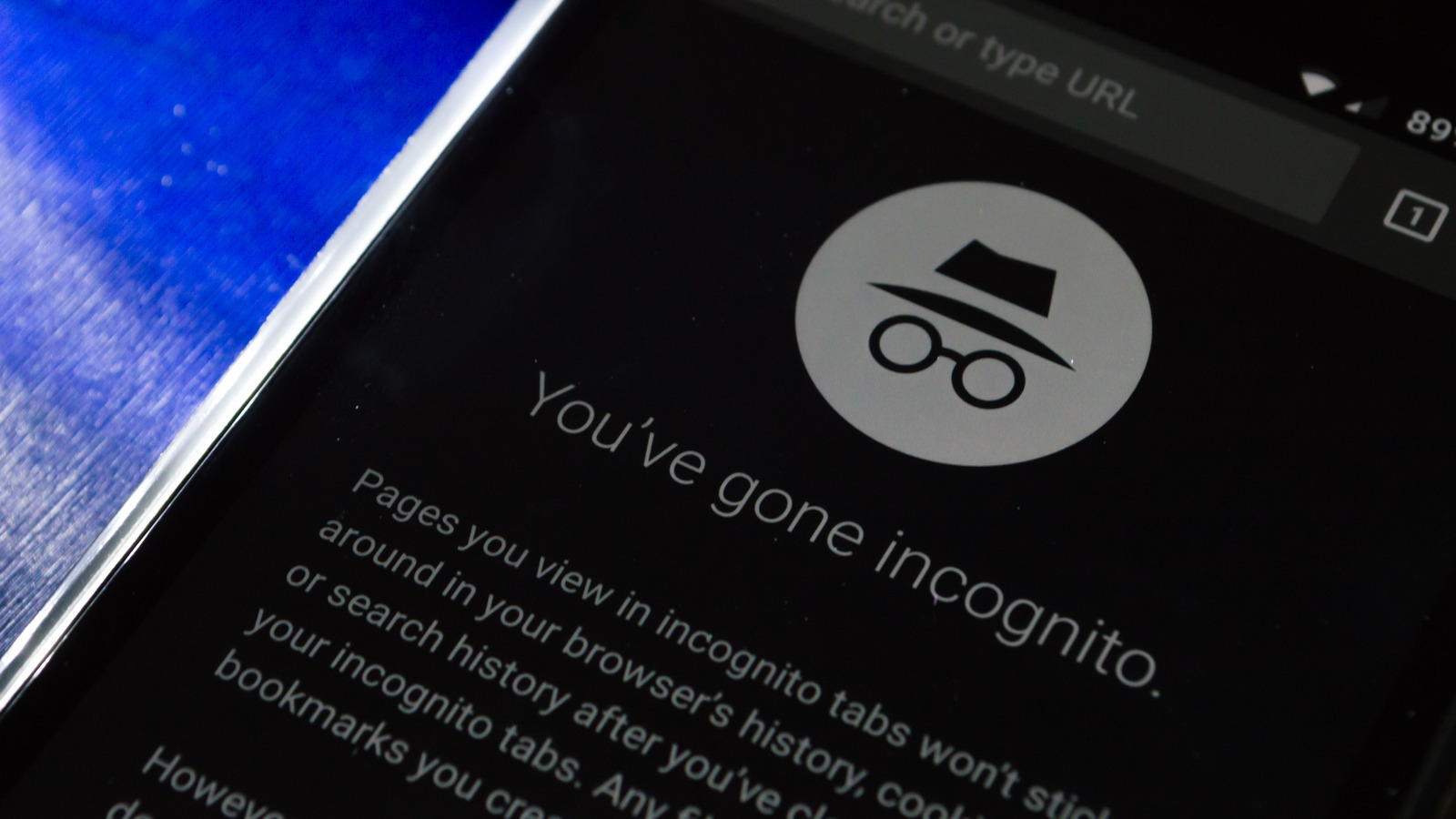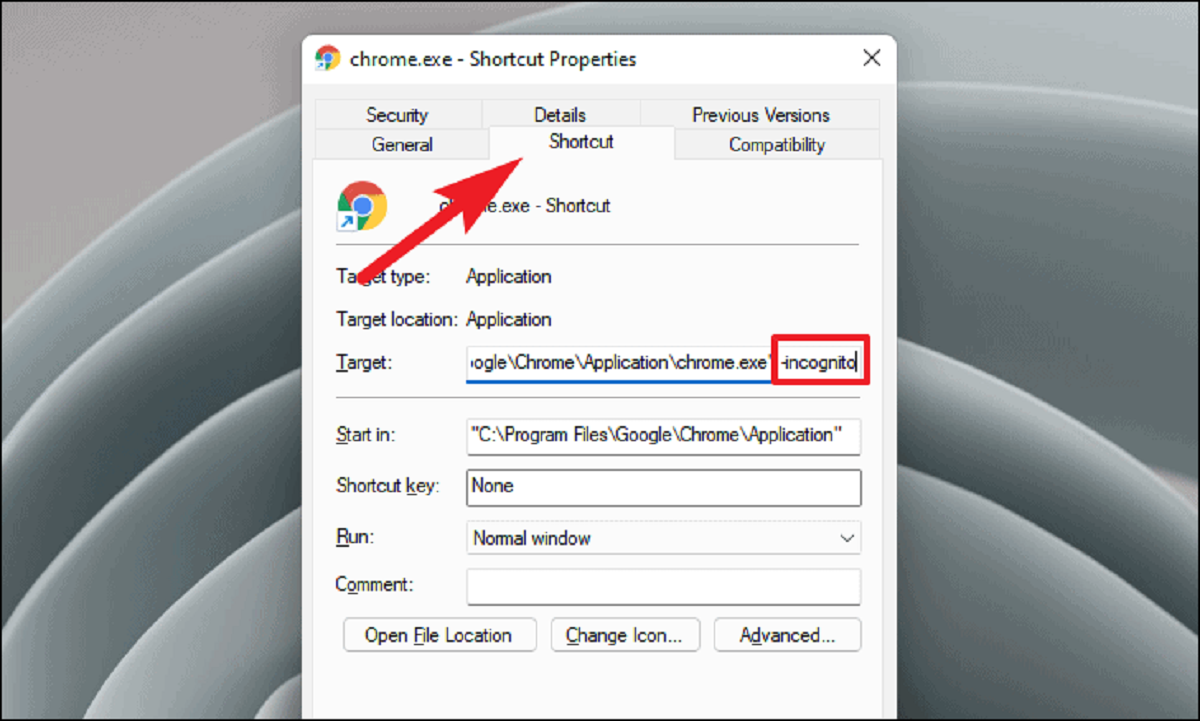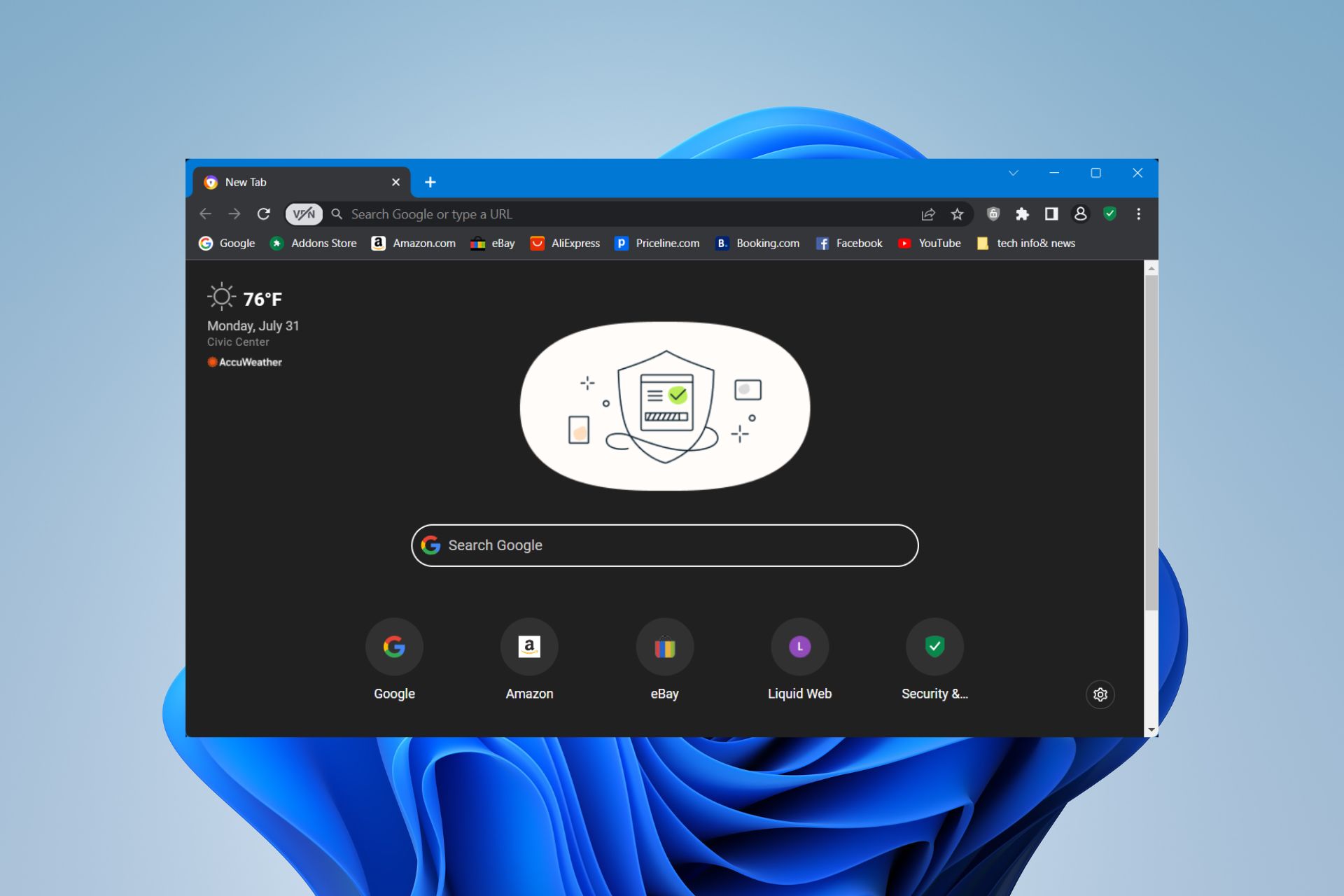What Does "Not Secure" Mean?
When you browse the web, you might have noticed a warning that says "Not Secure" in the address bar of your browser. But what does this actually mean? Essentially, it's a signal that the connection between your device and the website you're visiting is not encrypted. In other words, any data you transmit to or receive from the website could potentially be intercepted by unauthorized parties.
In the context of web browsing, "Not Secure" indicates that the website you are visiting does not have a valid Secure Sockets Layer (SSL) certificate. This certificate is crucial for establishing a secure, encrypted connection between your browser and the website's server. Without it, there's a risk that sensitive information such as login credentials, personal details, or financial data could be vulnerable to interception.
In practical terms, when a website is labeled as "Not Secure," it means that the data you exchange with that site is not protected from prying eyes. This is particularly concerning when you're entering sensitive information, such as credit card details or passwords, as it could be exposed to potential hackers or malicious actors.
In summary, the "Not Secure" warning serves as a cautionary alert, prompting users to exercise caution when interacting with the website. It's a reminder to be mindful of the potential risks associated with sharing sensitive information on an unencrypted connection.
Common Reasons for "Not Secure" Warnings
-
Missing SSL Certificate: One of the most prevalent reasons for encountering a "Not Secure" warning is the absence of a valid SSL certificate on the website. An SSL certificate is a digital certificate that authenticates the identity of a website and encrypts data transmitted between the user's browser and the site's server. Without this crucial layer of encryption, the connection is deemed insecure, triggering the warning.
-
Mixed Content: Another common cause of the "Not Secure" warning is the presence of mixed content on a webpage. This occurs when a secure (HTTPS) webpage contains non-secure (HTTP) resources such as images, scripts, or stylesheets. As a result, the webpage is considered partially secure, prompting browsers to display the warning to alert users about the potential security risks associated with mixed content.
-
Outdated SSL/TLS Protocols: Websites that rely on outdated or vulnerable SSL/TLS protocols are often flagged as "Not Secure." As security standards evolve, older protocols become susceptible to exploitation by cyber threats. Browsers, therefore, notify users about the usage of deprecated encryption protocols, urging website owners to update to more secure versions to ensure the protection of user data.
-
Expired SSL Certificate: When an SSL certificate reaches its expiration date, the secure connection between the user's browser and the website becomes invalid. Consequently, browsers display a "Not Secure" warning to caution users about the potential risks of interacting with a site that lacks a current SSL certificate. Renewing the SSL certificate is essential to restore the secure connection and eliminate the warning.
-
Insecure Form Fields: Websites that collect sensitive information through unsecured form fields, such as login credentials or payment details, may trigger the "Not Secure" warning. This occurs when the webpage lacks proper encryption for data input, potentially exposing users' personal and financial information to interception. Implementing secure form protocols is crucial to mitigate this risk and ensure the protection of user data.
Understanding these common reasons for encountering "Not Secure" warnings empowers website owners and developers to take proactive measures in securing their websites and safeguarding user data. By addressing these underlying issues, they can enhance the security of their web platforms and provide visitors with a safer browsing experience.
How to Address "Not Secure" Warnings
Addressing "Not Secure" warnings is crucial for ensuring the security and integrity of websites, as well as fostering trust among visitors. By taking proactive steps to resolve the underlying issues triggering these warnings, website owners and developers can enhance the overall security posture of their online platforms. Here are several effective strategies for addressing "Not Secure" warnings:
1. Obtain and Install an SSL Certificate
The fundamental step in addressing "Not Secure" warnings is to obtain a valid SSL certificate from a trusted certificate authority. Once acquired, the SSL certificate must be properly installed on the web server to enable HTTPS encryption. This ensures that data transmitted between the user's browser and the website is securely encrypted, mitigating the risk of interception and unauthorized access.
2. Migrate to HTTPS
Transitioning the website from HTTP to HTTPS is essential for establishing a secure connection. This involves updating internal links, resources, and references to ensure they point to the secure HTTPS version of the website. Additionally, implementing 301 redirects from HTTP to HTTPS helps maintain SEO equity and ensures a seamless transition for both users and search engines.
3. Resolve Mixed Content Issues
Identifying and resolving mixed content issues is critical for eliminating "Not Secure" warnings. Website owners should audit their webpages to identify any non-secure resources, such as images, scripts, or stylesheets, and update them to be served over HTTPS. This ensures that the entire webpage, including all embedded resources, is delivered securely to visitors.
4. Keep SSL/TLS Protocols Updated
Regularly updating SSL/TLS protocols to adhere to the latest security standards is essential for addressing "Not Secure" warnings. This involves ensuring that the website's server supports modern encryption protocols and ciphers, thereby mitigating vulnerabilities associated with outdated or deprecated encryption methods.
5. Renew SSL Certificates
Monitoring the expiration dates of SSL certificates and renewing them in a timely manner is crucial for maintaining a secure connection. By ensuring that SSL certificates are up to date, website owners can prevent "Not Secure" warnings from being triggered due to expired certificates, thereby maintaining a consistent and secure browsing experience for visitors.
6. Implement Secure Form Handling
Securing form fields that collect sensitive information is paramount for addressing "Not Secure" warnings. Implementing proper encryption and security measures for form submissions, particularly for login credentials and payment details, helps protect user data from potential interception and unauthorized access.
By implementing these proactive measures, website owners and developers can effectively address "Not Secure" warnings, bolster the security of their websites, and provide visitors with a safe and trustworthy browsing environment. Prioritizing the implementation of SSL/TLS encryption, resolving mixed content issues, and maintaining up-to-date security protocols are essential steps in mitigating "Not Secure" warnings and fostering a secure online experience for users.
Importance of Secure Browsing
Ensuring secure browsing is paramount in today's digital landscape, where the internet serves as a gateway for a myriad of online activities, including communication, financial transactions, and access to sensitive information. The significance of secure browsing extends beyond mere technical considerations, encompassing critical aspects of privacy, data protection, and user trust. Here's a comprehensive exploration of the importance of secure browsing:
Safeguarding Sensitive Information
Secure browsing plays a pivotal role in safeguarding sensitive information exchanged between users and websites. By encrypting data transmitted over the internet, secure connections prevent unauthorized access and interception of personal details, financial transactions, and confidential communications. This is particularly crucial in e-commerce, online banking, and other digital platforms where sensitive data is routinely shared, ensuring that user privacy and confidentiality are upheld.
Mitigating Cyber Threats
A secure browsing environment serves as a frontline defense against cyber threats such as data breaches, identity theft, and phishing attacks. Encrypted connections established through SSL/TLS protocols thwart malicious attempts to intercept or manipulate data, thereby reducing the risk of unauthorized access to sensitive information. By mitigating the vulnerabilities associated with unsecured connections, secure browsing helps fortify the resilience of web platforms against cyber threats, preserving the integrity of user data and online interactions.
Fostering User Trust and Confidence
Websites that prioritize secure browsing instill confidence and trust in their visitors, signaling a commitment to safeguarding user privacy and security. The presence of a valid SSL certificate and the display of the padlock icon in the browser address bar reassure users that their interactions with the website are protected. This, in turn, cultivates a positive user experience, enhances brand credibility, and fosters trust in the integrity of the online platform.
Compliance with Data Protection Regulations
In an era of stringent data protection regulations such as the General Data Protection Regulation (GDPR) and the California Consumer Privacy Act (CCPA), secure browsing is integral to compliance with legal requirements. Websites that handle user data are obligated to implement robust security measures, including encryption of sensitive information, to ensure compliance with data protection laws. By prioritizing secure browsing, organizations demonstrate their commitment to upholding data privacy standards and respecting user rights, thereby mitigating the risk of regulatory penalties and reputational damage.
Preserving Online Reputation
The adoption of secure browsing practices contributes to the preservation of an organization's online reputation. In an age where cybersecurity incidents and data breaches are headline news, maintaining a secure browsing environment is essential for safeguarding brand reputation and credibility. By proactively addressing "Not Secure" warnings and prioritizing secure connections, organizations bolster their reputation as responsible custodians of user data, thereby enhancing their standing in the digital ecosystem.
In essence, the importance of secure browsing transcends technical considerations, encompassing critical aspects of user privacy, data protection, regulatory compliance, and brand reputation. By prioritizing secure browsing practices, organizations and website owners can fortify the resilience of their online platforms, foster user trust, and uphold the integrity of the digital experience.

























